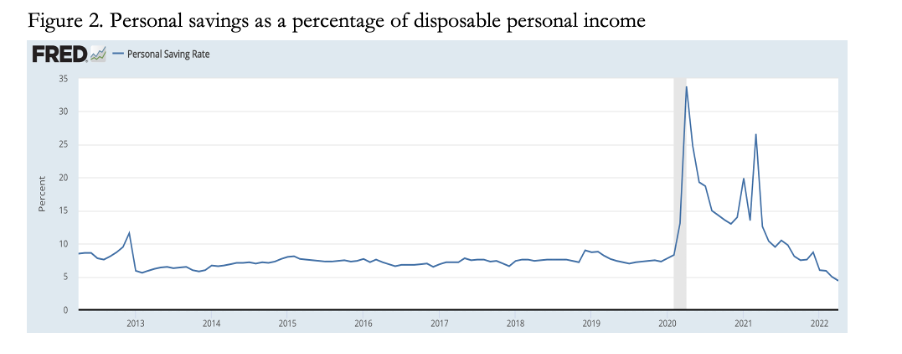There’s another great article from Liam Halligan in The Telegraph, recapping how we got to our current situation, and considering the impact of further quantitative easing being proposed in the US.
Central bankers lowered rates in the aftermath of 9.11 and the dot-com crash, then kept them low far too long – so pumping-up the biggest credit bubble in history.
Now, the Western world’s policy response amounts to printing money and heaping debts upon debts, while shoving the banking sector’s losses on to the general public – and particularly, their children and grandchildren. This is perhaps the most systematic act of inter-generational theft the world has ever seen. But that’s not the point – at least for now. The point for now is that QE and the related fiscal boosts simply aren’t working.
Halligan highlights the challenge we face,
In the early 1980s, Western governments bit the bullet and tackled the vested interests that had caused recessions – not least recalcitrant trade unions – so allowing enterprise to flourish and fuelling the recovery. This time around, the lobby group blocking sustainable growth is even more powerful – namely the banking sector itself.
As Simon Johnson has written: “The finance industry has effectively captured our government – and recovery will fail unless we break the financial oligarchy that is blocking essential reform”. Strong words from a Former Chief Economist of the International Monetary Fund – but no less true for that.
The whole article is well worth reading.



Just one criticism of Halligan’s article: he describes QE as a “Keynsian boost”. That is to insult Keynes. As far as I know Keynes did not advocate anything as daft as QE.
Ralph,
Keynes advocated the government printing money and burying it underground so that private businesses could dig it up and spend more, thereby boosting the economy.
What could be dafter than that?